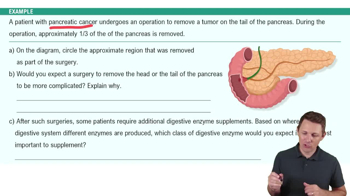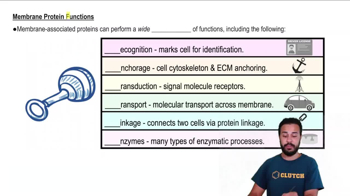Multiple Choice
High cholesterol levels are considered a major risk factor for heart disease. If it is so bad for humans, why does the body make cholesterol in the first place?
2498
views
2
rank
 Verified step by step guidance
Verified step by step guidance Verified video answer for a similar problem:
Verified video answer for a similar problem:

